Window motors go bad from NON-use. I've never seen one with worn down brushes, even after fifty years of service. Or better said, fifty years of mostly sitting there doing nothing.
Think of it, they go up a number of turns then they go down that same number. Heater motors get a better workout and I've never seen one of those wear out either. The last heater motor I worked on was simply frozen. Then I got it going without buying any parts and now it works just fine. The last window motor I worked on was simply gummed up with greasy junk that loaded the commutator and brush holders. After a good cleaning all the parts in diesel fuel it ran great.
Any obsolete part growing older will also be more rare and more costly to replace with OEM parts. On the other hand, there are 'production' motors with two wires that can be substituted at a low cost. To retrofit one of these motors requires two additional relays, one for 'up' and the other for 'down' because Ford controlled opposite-wound field windings in OEM motors for direction. Modern motors use permanent magnets to eliminate electric fields so now we simply reverse armature current. - Dave
Think of it, they go up a number of turns then they go down that same number. Heater motors get a better workout and I've never seen one of those wear out either. The last heater motor I worked on was simply frozen. Then I got it going without buying any parts and now it works just fine. The last window motor I worked on was simply gummed up with greasy junk that loaded the commutator and brush holders. After a good cleaning all the parts in diesel fuel it ran great.
Any obsolete part growing older will also be more rare and more costly to replace with OEM parts. On the other hand, there are 'production' motors with two wires that can be substituted at a low cost. To retrofit one of these motors requires two additional relays, one for 'up' and the other for 'down' because Ford controlled opposite-wound field windings in OEM motors for direction. Modern motors use permanent magnets to eliminate electric fields so now we simply reverse armature current. - Dave


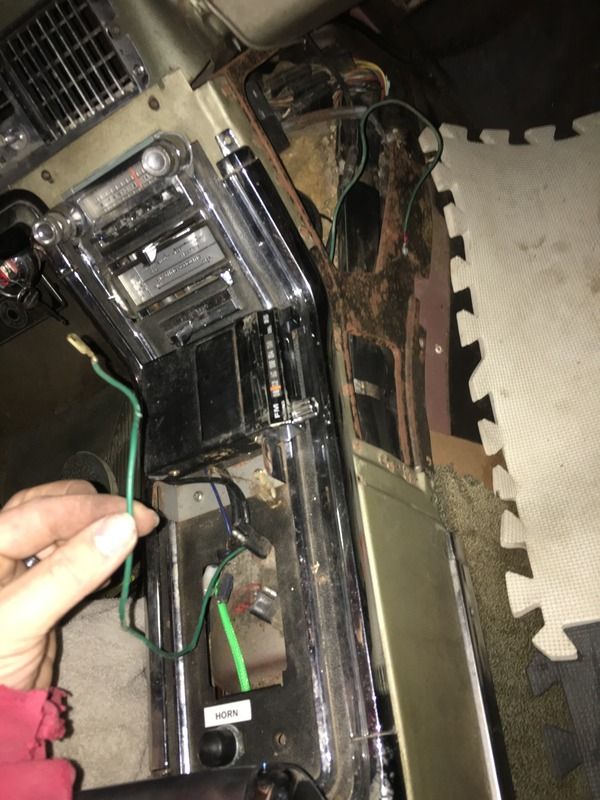
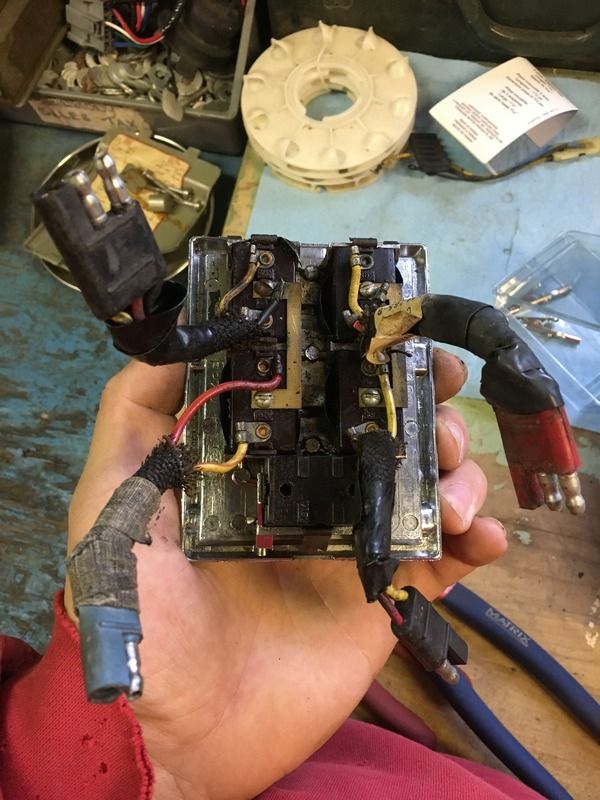
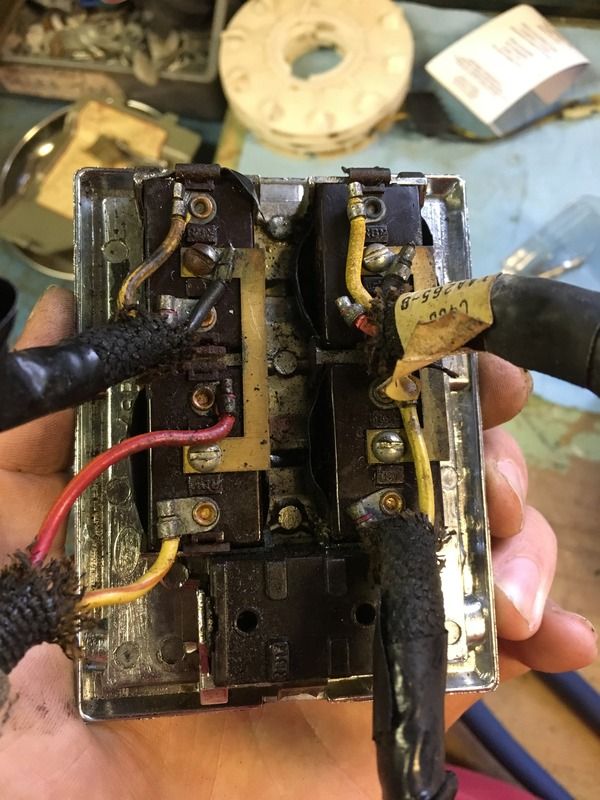



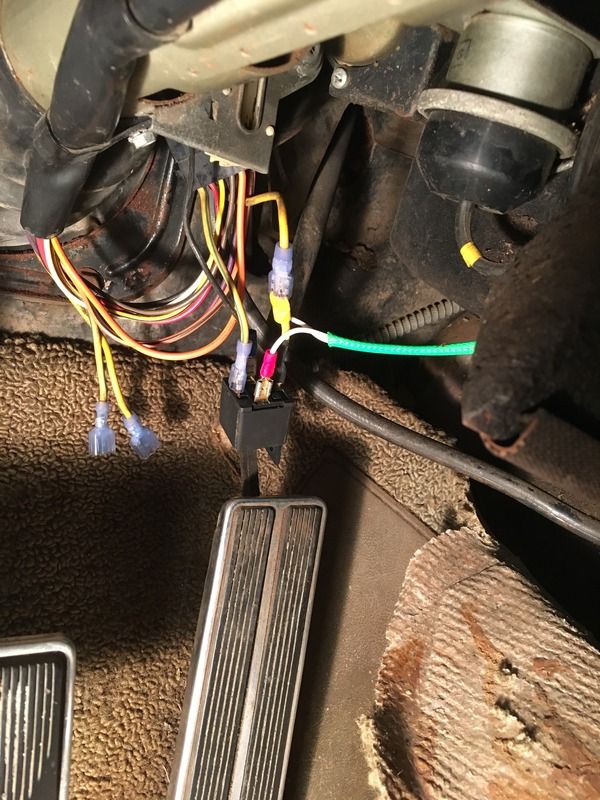

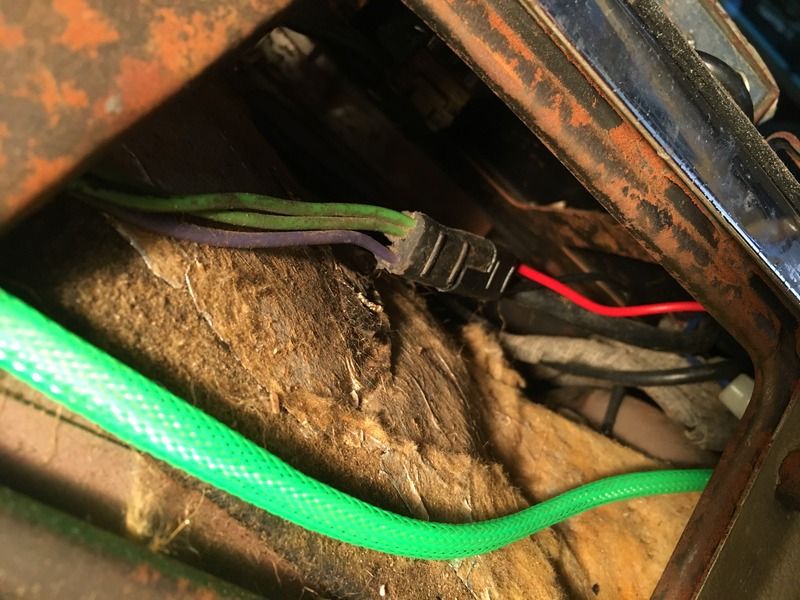
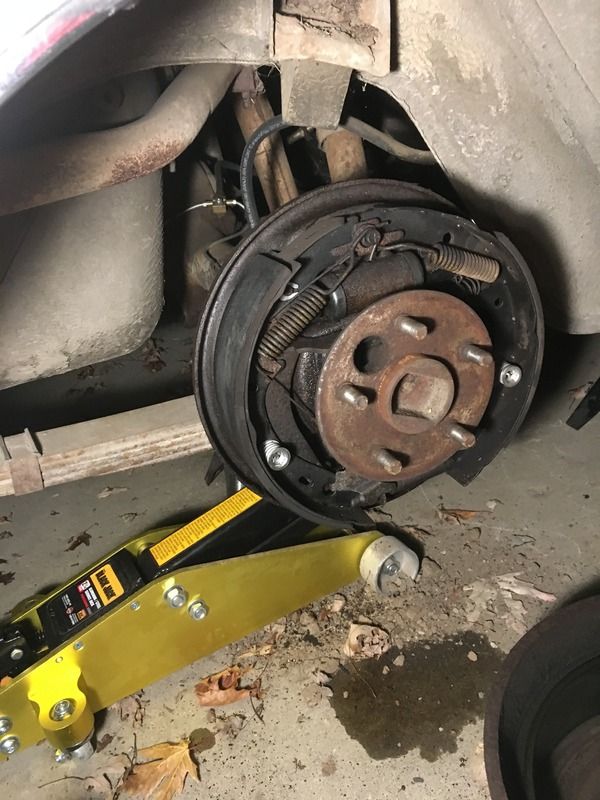
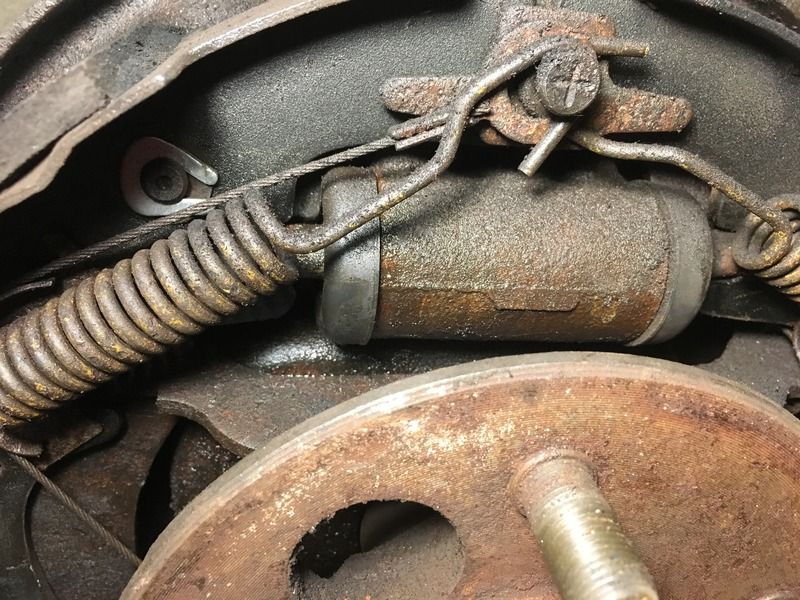
Comment